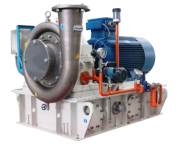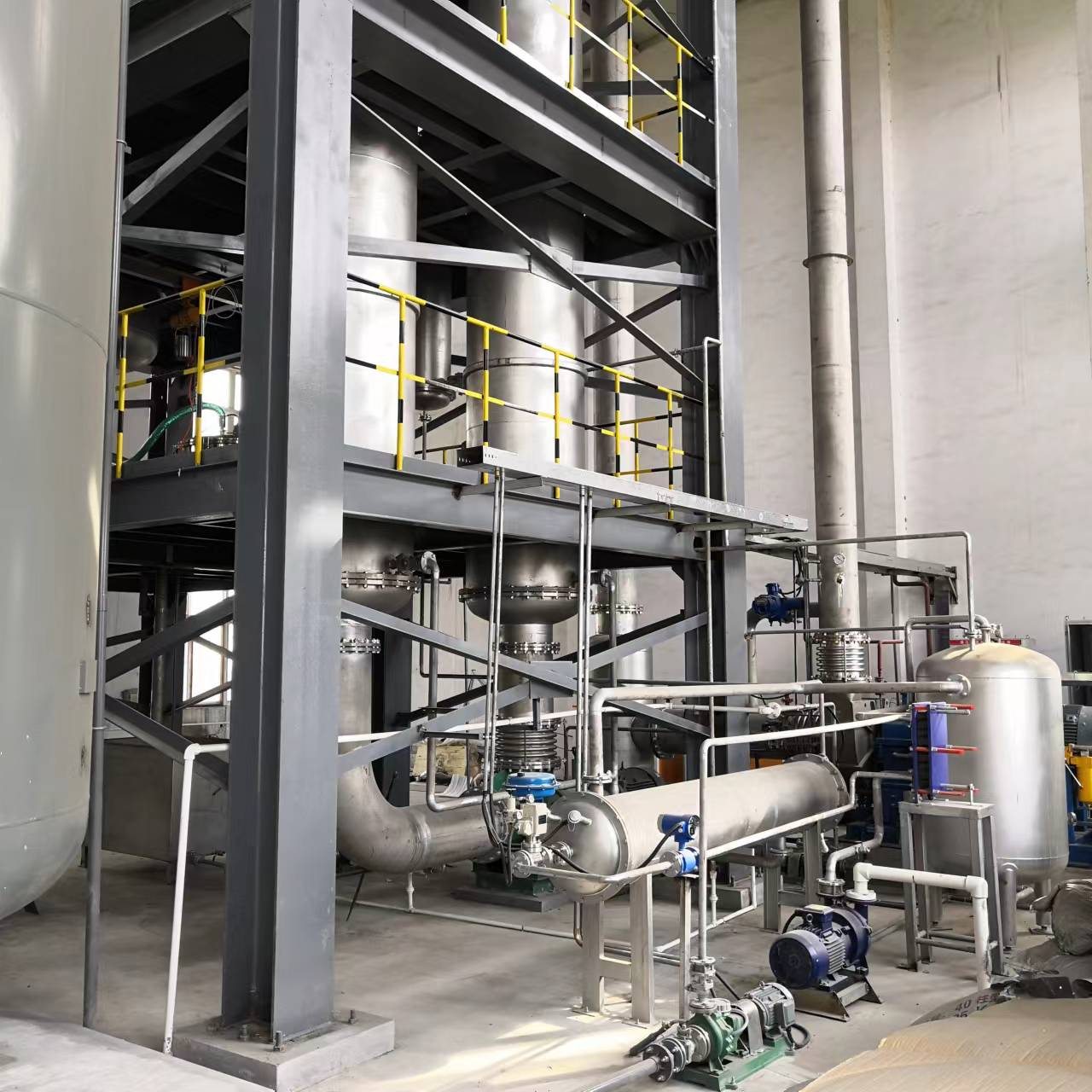
Boiling Point Elevation (BPE)
Boiling Point Elevation (BPE) refers to the phenomenon where the boiling point of a solution is higher than that of the pure solvent due to the addition of a non-volatile solute. This is a classic example of a colligative property, meaning it depends only on the number of solute particles, not their type or nature.
In industrial evaporation processes, BPE is particularly important because the presence of salts or other solutes in the solution raises the boiling point above that of pure water. This directly affects the thermodynamic design of the evaporator and the estimation of energy consumption.

Boiling point elevation has a greater impact on MVR technology than on other evaporator type. It is a critical factor in compressor selection, as it determines the required temperature lift and compression power. At the same time, the temperature difference for heating influences the required heat exchange area—the smaller the temperature difference, the larger the heat transfer surface needed—affecting both the size of the equipment and capital investment.
Impacts Temperature Difference (ΔT) and Heat Transfer
MVR relies on compressing the vapor and reusing it as the heat source.
BPE reduces the effective temperature difference between the heating steam and the boiling liquid.
A high BPE narrows this ΔT, which:
• Lowers the heat transfer rate
• Requires larger heat exchange surfaces
• May even prevent the system from operating efficiently at all
Reduces MVR System Efficiency
MVR is efficient when it can operate at low temperature lifts (i.e., compressing vapor slightly to reuse it).
If BPE is high, more energy is needed to compress the vapor enough to overcome the elevated boiling point.
That leads to:
• Higher power consumption
• Larger, more expensive compressors
Limits Concentration Capability
High BPE is typically caused by high solute concentration or complex wastewater.
In severe cases, the system might fail to achieve target concentration, because evaporation slows significantly as the boiling point rises.
If the BPE is too high: MVR might not be an TVR (Thermal Vapor Recompression) or multi-effect evaporation (MEE) might be more appropriate.
Summary
Boiling Point Elevation is a key limiting factor in MVR systems.
It determines how much heat can be reused, how efficiently vapor can be compressed, and how concentrated the product can become.
Get In Touch With US
Enchem is here to listen to your needs and provide sustainable solutions. Contact us to discover more.

